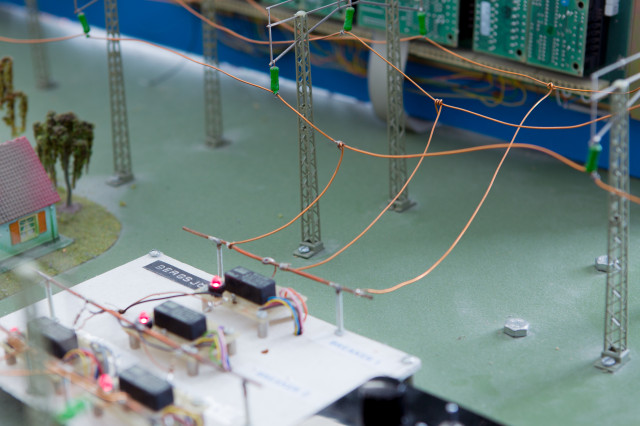The material covered includes:
- shocks and boundaries in space
- solar wind interaction with magnetized and unmagnetized bodies
- reconnection
- sources of magnetospheric plasma
- magnetospheric and ionospheric convection
- auroral physics
- storms and substorms
- global oscillations of the magnetosphere
